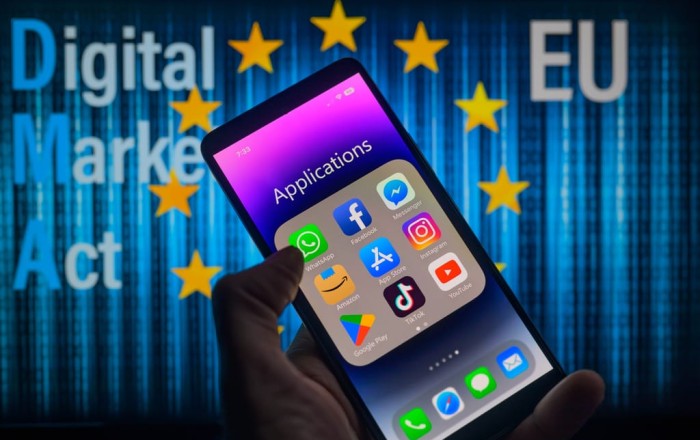In recent weeks, the controversy surrounding the inadvertent leak of U.S. military plans in Yemen has revealed alarming vulnerabilities in the digital security of high-level government officials. The incident, dubbed SignalGate, centers on top U.S. officials sharing classified attack plans via a Signal group chat.
On April 20, The New York Times reported that Defense Secretary Pete Hegseth shared crucial details about the U.S. bombing strike in Yemen not just with his colleagues but also with family members and a personal lawyer using his private phone. This revelation has prompted a deeper examination of the growing risks associated with the digital tools and devices employed by key officials, according to a recent article by Foreign Affairs.
Signal, a widely praised messaging app known for its robust end-to-end encryption, has long been lauded for its security. However, the issue at the heart of SignalGate is not the app itself but the way it was used to communicate sensitive information on personal devices—devices increasingly vulnerable to hacking. Governments and intelligence agencies have long recognized the security risks associated with personal phones, particularly when used for official purposes. Once a device is compromised, even encrypted communications can be intercepted and read, turning the signal from secure to compromised.
The SignalGate incident highlights a critical blind spot in U.S. digital security: the reliance of senior officials on personal smartphones to conduct sensitive business. In this case, several high-ranking U.S. officials, including CIA Director John Ratcliffe, National Security Advisor Mike Waltz, and others, were communicating on personal devices, some of which were used while traveling abroad. It’s highly plausible that one of these devices was compromised, potentially exposing all of the communication within the chat groups. Such compromises are especially dangerous given that these officials are high-value targets for foreign espionage, with state-sponsored hackers and other malicious actors actively seeking to exploit these vulnerabilities.
The rise of sophisticated mercenary spyware firms, such as the Israeli NSO Group, has made these vulnerabilities even more pronounced. These companies develop tools like Pegasus, which can silently infiltrate a device without any interaction from the user. Once inside a device, attackers can monitor every communication, regardless of encryption, by exploiting flaws in the phone’s hardware or operating system. This threat was dramatically illustrated in the case of Jamal Khashoggi, whose communications were intercepted through a similar means before his tragic assassination.
The risks are further compounded by the rise of “advertising intelligence” (ADINT) firms, which track mobile device data for targeted advertising purposes but can also be exploited for surveillance. These firms can gather massive amounts of data on specific individuals, including their location, habits, and social interactions. With this data, hostile foreign actors can potentially identify vulnerabilities, such as where a target travels or which devices they use, making them prime candidates for a spyware attack.
The broader implications of SignalGate are clear: personal devices, especially those used by government officials, are an increasingly dangerous point of access for digital espionage. While Signal itself remains a strong tool for secure communication, the human element—the use of personal phones outside secure government environments—creates significant security gaps. As the digital world continues to evolve, governments must recognize and address the vulnerabilities associated with the widespread use of smartphones in official business. Only by taking these risks seriously can they hope to prevent future breaches and protect national security from the growing threat of digital espionage.
By Vugar Khalilov
Source: caliber.az












